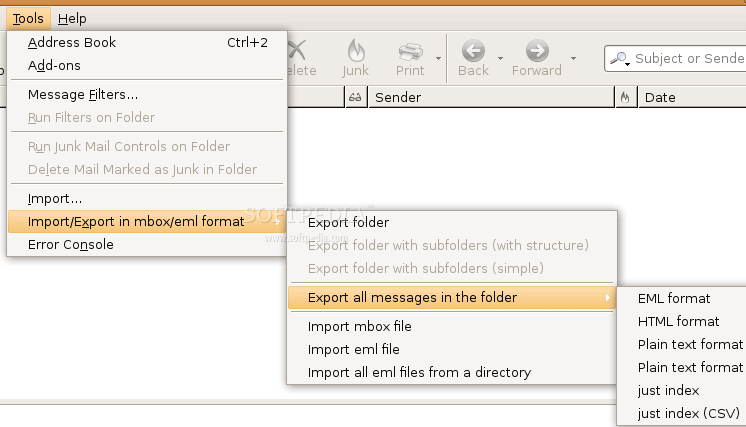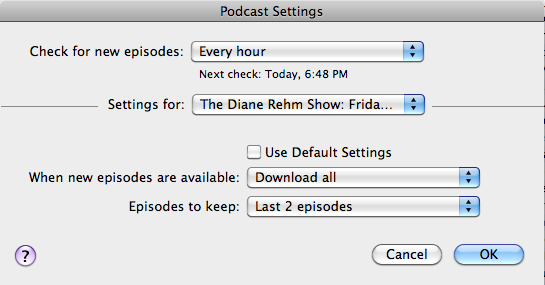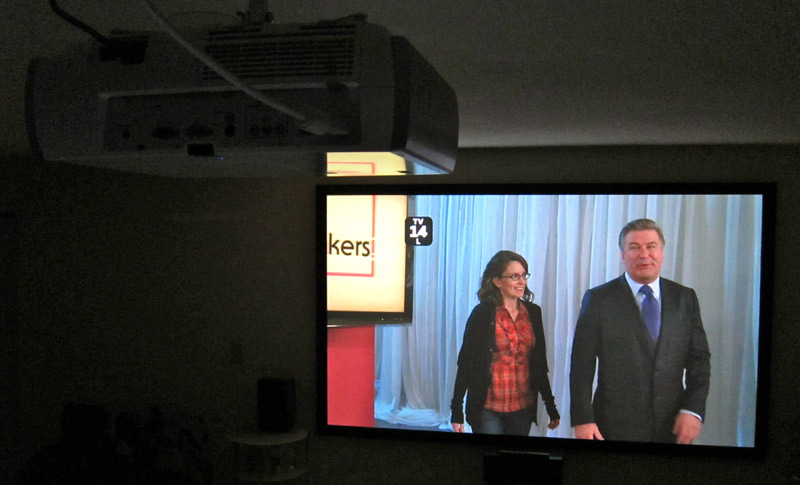![]() You might have heard about add-ons for the popular web browser Firefox that give it more capabilities. Well, the folks at Mozilla also make a great email client called Thunderbird (PC, Mac, Linux) that has add-ons too.
You might have heard about add-ons for the popular web browser Firefox that give it more capabilities. Well, the folks at Mozilla also make a great email client called Thunderbird (PC, Mac, Linux) that has add-ons too.
I found this out when I needed to send someone hundreds of emails. The Add-on ImportExportTools (which oddly is not part of Thurderbird’s list of Add-ons) was able to take all the emails I wanted and move them into an HTML indexed folder for easy browsing. This powerful add-on also helps in a myriad of cases when migrating or merging email archives, and it performs some import/export feats that are impossible with other email clients such as Outlook and Mac Mail.




